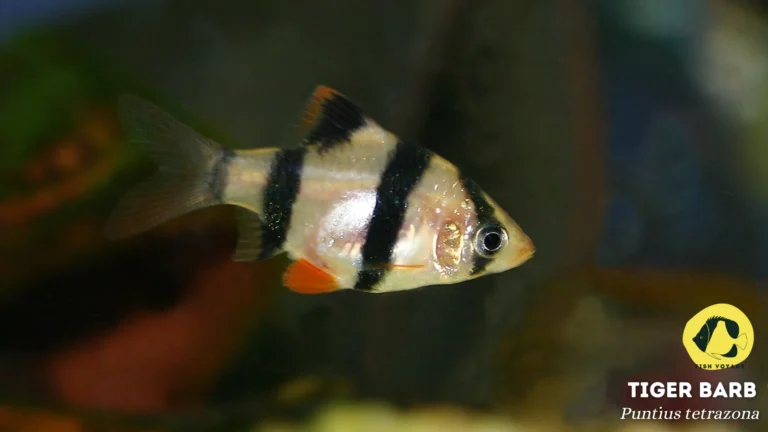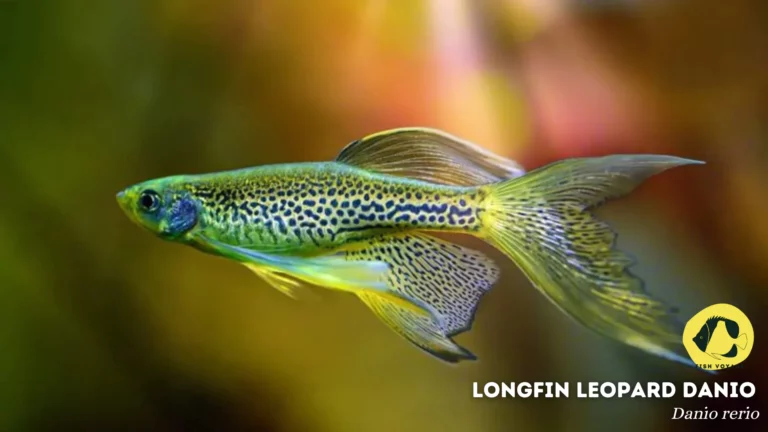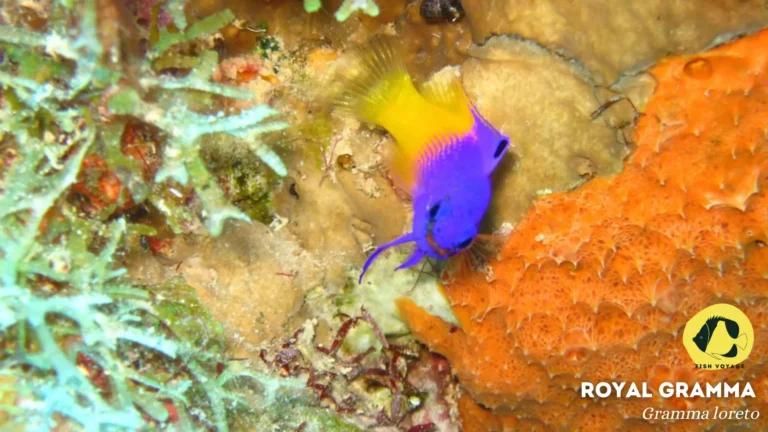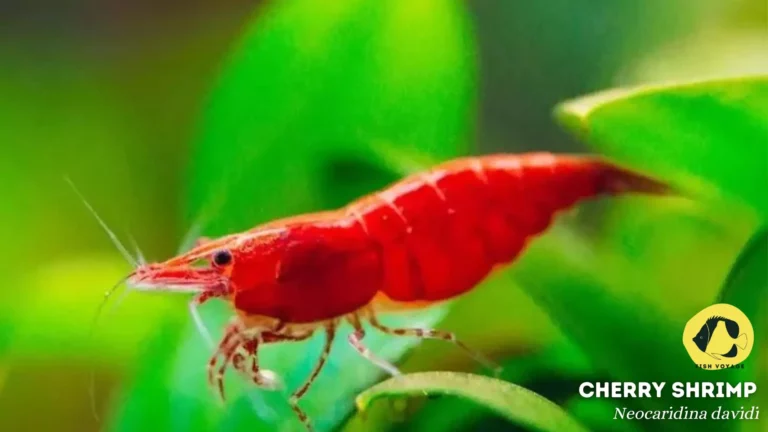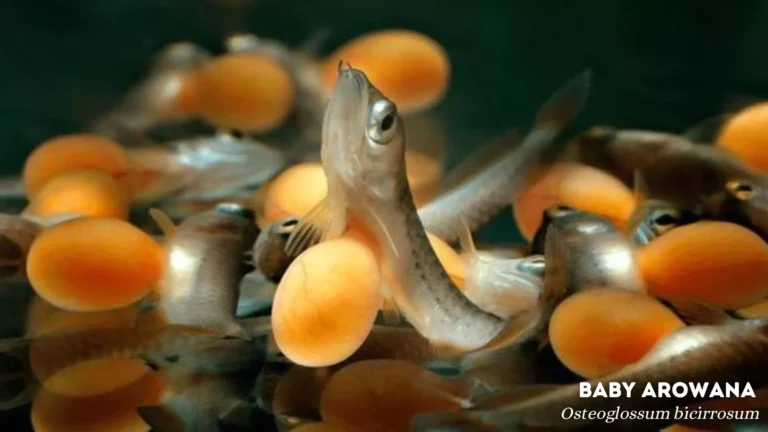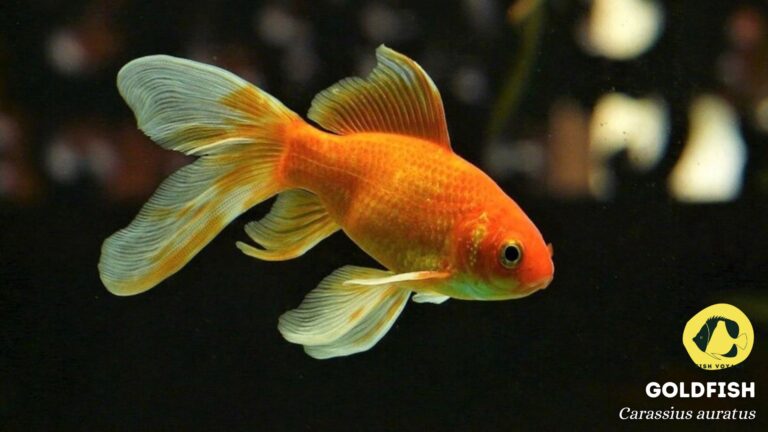Ultimate List of Leopard Danio Tank Mates
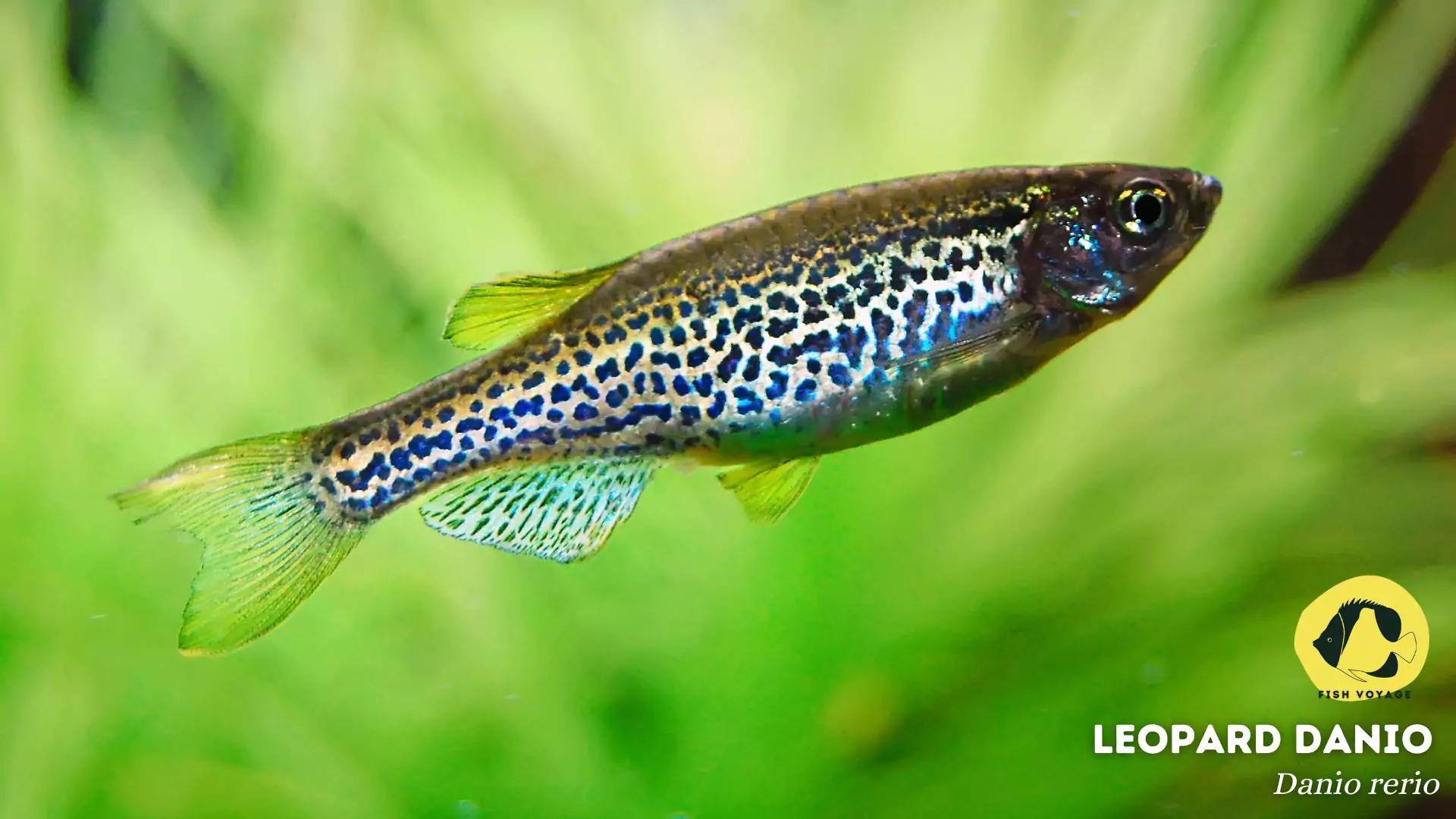
In the fascinating realm of aquarium enthusiasts, the Leopard Danio, scientifically known as Danio rerio var. frankei, emerges as a captivating aquatic species. Known for its vibrant coloration and energetic demeanor, the Leopard Danio has become a staple in many hobbyist tanks. As a responsible aquarium owner, understanding the significance of selecting compatible tank mates is paramount for fostering a harmonious underwater ecosystem. In this guide, we delve into the art of curating the ideal aquatic community for Leopard Danios, highlighting not only the importance of compatibility but also teasing the unique benefits that specific tank mates can bring to enhance the overall well-being of these charming freshwater inhabitants. Join us on a journey to discover the perfect companions that will complement and enrich the lives of your Leopard Danios.
Characteristics of Leopard Danios
Vibrant Aesthetics
- Leopard Danios, a captivating variant of the popular Zebrafish (Danio rerio), boast a striking appearance with leopard-like spots adorning their slender bodies.
- The vibrant coloration, featuring a mix of gold, silver, and iridescent blue hues, adds an aesthetically pleasing dimension to any aquarium.
Petite Stature
- These fish typically reach a size of 1 to 2 inches, making them an ideal choice for smaller aquarium setups.
- Their diminutive size, however, doesn’t diminish their lively and active nature, making them delightful to observe.
Energetic Behavior
- Leopard Danios are known for their playful and energetic demeanor, constantly exploring their aquatic surroundings.
- Their swift swimming patterns and group-oriented behavior make them a lively addition to community tanks.
Adaptable Water Conditions
- Flourishing in freshwater environments, Leopard Danios are resilient and adaptable to a wide range of water parameters.
- Maintaining a temperature between 64-74°F (18-23°C) and a slightly acidic to neutral pH level ensures optimal conditions for their well-being.
Schooling Instinct
- These social fish exhibit a strong schooling instinct, preferring the company of their own kind.
- Keeping them in groups of five or more not only enhances their sense of security but also showcases their natural schooling behaviors.
Simple Care Requirements
- Leopard Danios are well-suited for both novice and experienced aquarists due to their undemanding care requirements.
- A well-filtered tank, regular water changes, and a balanced diet consisting of quality flakes or small-sized pellets contribute to their overall health and vitality.
Understanding these key characteristics empowers aquarium enthusiasts to create an environment that caters to the specific needs and traits of Leopard Danios, ensuring a thriving and visually captivating aquatic community.
Ideal Tank Mate Criteria
Size Harmony
- Compatibility in Size: Optimal tank mates for Leopard Danios should be of similar size to prevent issues related to aggression or competition. Fish with comparable dimensions create a balanced and harmonious community.
Temperament Synchronization
- Matching Temperaments: Choosing tank mates with a compatible temperament is crucial. Peaceful and non-aggressive species align well with the amiable nature of Leopard Danios, fostering a serene aquarium environment.
Water Parameter Alignment
- Consistent Water Preferences: Selecting tank mates that share similar water parameter preferences ensures a stable environment. Matching factors such as temperature, pH levels, and hardness promotes the well-being of all inhabitants.
Community-Friendly Species
- Peaceful Community Fish: Ideal tank mates for Leopard Danios include other community-friendly species that appreciate the same social dynamics. Species like tetras, rasboras, and peaceful bottom-dwellers complement the active and schooling nature of Leopard Danios.
Avoid Aggressive Species
- Steering Clear of Aggression: Aggressive or territorial species should be avoided, as they may disrupt the harmonious dynamics within the aquarium. Ensuring that all inhabitants share a peaceful disposition is key to a successful community.
Examples of Successful Leopard Danio Tank Mates
- Neon Tetras: Known for their vibrant colors and peaceful nature, Neon Tetras create a visually stunning and compatible community with Leopard Danios.
- Harlequin Rasboras: With their striking appearance and calm temperament, Harlequin Rasboras make excellent companions, thriving alongside Leopard Danios in a well-maintained tank.
- Corydoras Catfish: Bottom-dwelling Corydoras catfish are an ideal match, adding diversity to the tank while peacefully coexisting with the energetic Leopard Danios.
- Gouramis: Certain Gourami species, such as Dwarf Gouramis, can complement Leopard Danios, provided the tank size is sufficient to accommodate their respective territories.
By adhering to these criteria and exploring suitable examples, aquarists can curate a thriving and visually appealing community that enhances the natural behaviors and well-being of Leopard Danios.
Top 5 Suitable Leopard Danio Tank Mates
Neon Tetras (Paracheirodon innesi)
Description
Neon Tetras are renowned for their dazzling neon blue and red stripes, creating a captivating visual contrast with the Leopard Danios. Their similar size and peaceful nature make them ideal companions.
Benefits
- Adds vibrant colors to the mid-level of the tank.
- Active schooling behavior complements the dynamic nature of Leopard Danios.

Harlequin Rasboras (Trigonostigma heteromorpha)
Description
Harlequin Rasboras feature a unique combination of orange and black markings, bringing an eye-catching flair to the aquarium. Their calm demeanor and schooling habits align seamlessly with Leopard Danios.
Benefits
- Enhances the lower and middle levels of the tank with their striking colors.
- Peaceful schooling behavior adds visual interest and tranquility.

Corydoras Catfish (Corydoras spp.)
Description
Corydoras, with their endearing armored appearance, are perfect bottom-dwellers to accompany Leopard Danios. Their scavenging behavior complements the active swimming patterns of their companions.
Benefits
- Keeps the substrate clean by scavenging uneaten food.
- Adds diversity to the tank with their unique appearance.

Dwarf Gouramis (Trichogaster lalius)
Description
Dwarf Gouramis boast a vibrant array of colors, including shades of blue, red, and yellow. While ensuring a spacious tank, these Gouramis can coexist harmoniously with Leopard Danios, adding a touch of elegance.
Benefits
- Introduces a larger fish for visual variety.
- Gouramis’ unique personalities contribute to the overall dynamics of the tank.
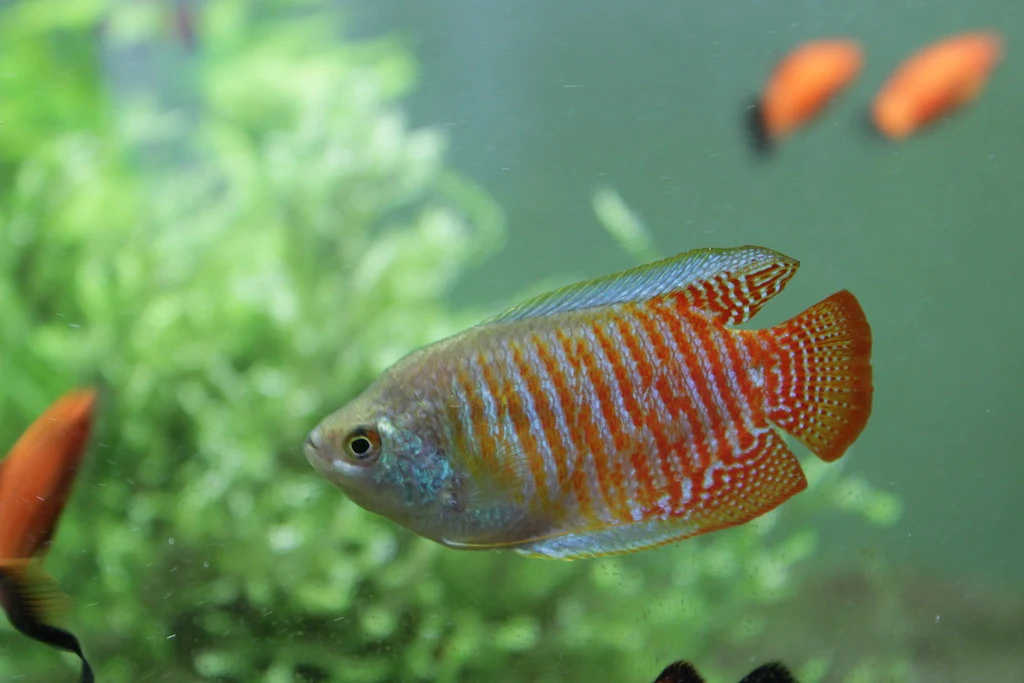
Cherry Shrimp (Neocaridina davidi)
Description
Cherry Shrimp, with their bright red hues, not only contribute to the visual appeal but also serve a functional role in maintaining tank cleanliness. They are a smaller, non-fish addition that complements Leopard Danios.
Benefits
- Efficient algae eaters, promoting a balanced ecosystem.
- Introduces a different dimension with their invertebrate nature.
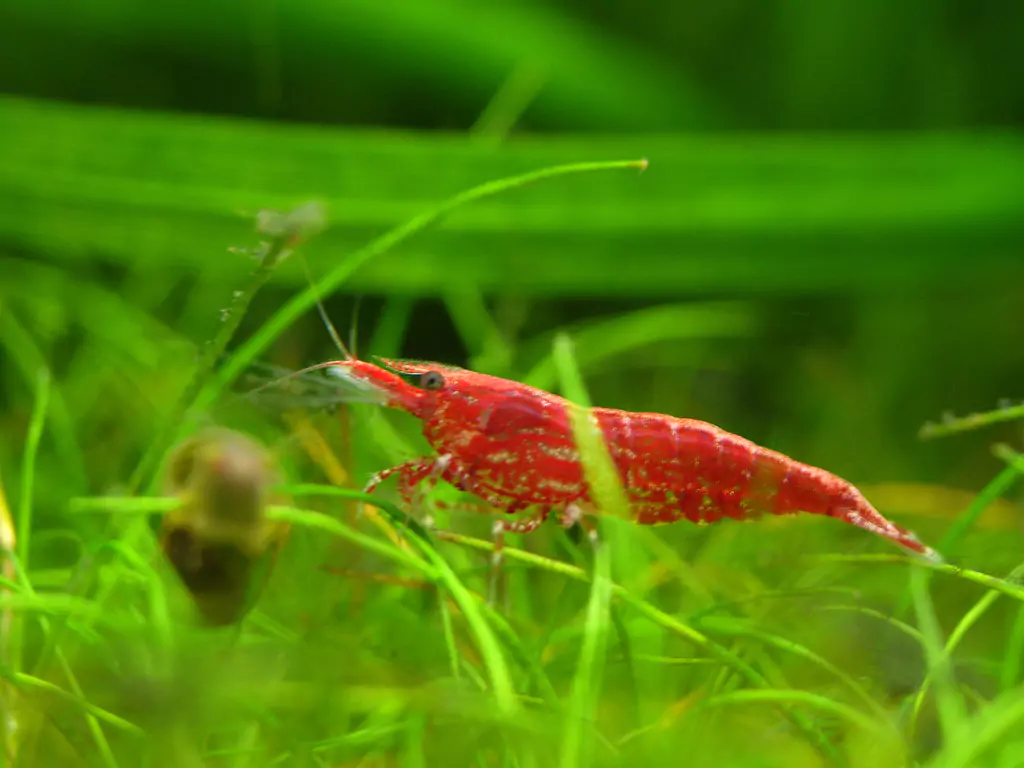
Attractive Combinations for Visual Appeal
- Rainbow Ensemble: Combine Leopard Danios, Neon Tetras, and Harlequin Rasboras for a vibrant, rainbow-like display of colors across different levels of the tank.
- Biotope Harmony: Create a natural biotope by pairing Leopard Danios with Corydoras Catfish, replicating a balanced ecosystem reminiscent of their native habitats.
- Elegance in Contrast: Introduce Dwarf Gouramis alongside Leopard Danios for a visually striking contrast in size and colors, showcasing the elegance of both species.
These carefully curated combinations not only cater to the compatibility criteria but also ensure an aesthetically pleasing and balanced community within your aquarium.
Top 5 Incompatible Leopard Danio Tank Mates
Aggressive Cichlids
Description
While some cichlid species are known for their vibrant colors, their territorial and aggressive nature can spell trouble for Leopard Danios.
Reasons for Incompatibility
- Cichlids may exhibit territorial behavior, leading to stress and aggression towards the energetic Leopard Danios.
- Size disparities can result in bullying and competition for resources.
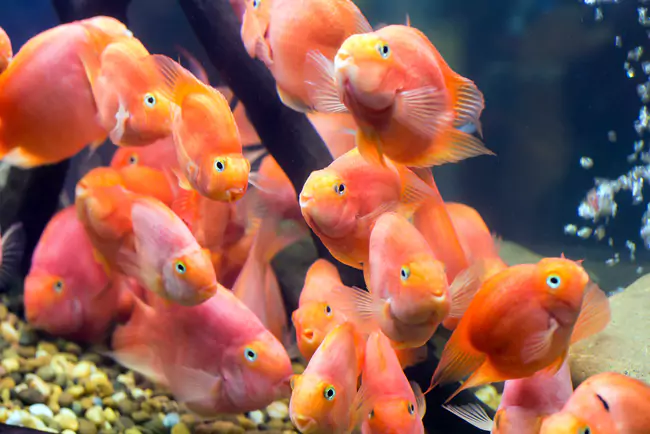
Betta Fish (Betta splendens)
Description
Betta fish, known for their long fins and vibrant colors, may seem appealing, but their aggressive tendencies make them incompatible tank mates for Leopard Danios.
Reasons for Incompatibility
- Betta fish are notorious for their territorial nature, potentially leading to fin-nipping and stress in Leopard Danios.
- Differences in swimming patterns and behavior can create an imbalance in the aquarium dynamics.

Large Gouramis (Osphronemidae Family)
Description
Larger Gouramis, such as the Opaline Gourami, can be incompatible due to their size and territorial behaviors.
Reasons for Incompatibility
- Size mismatch may result in aggression, especially if the tank size is inadequate for both species.
- Gouramis can exhibit dominance, leading to stress in the usually active Leopard Danios.
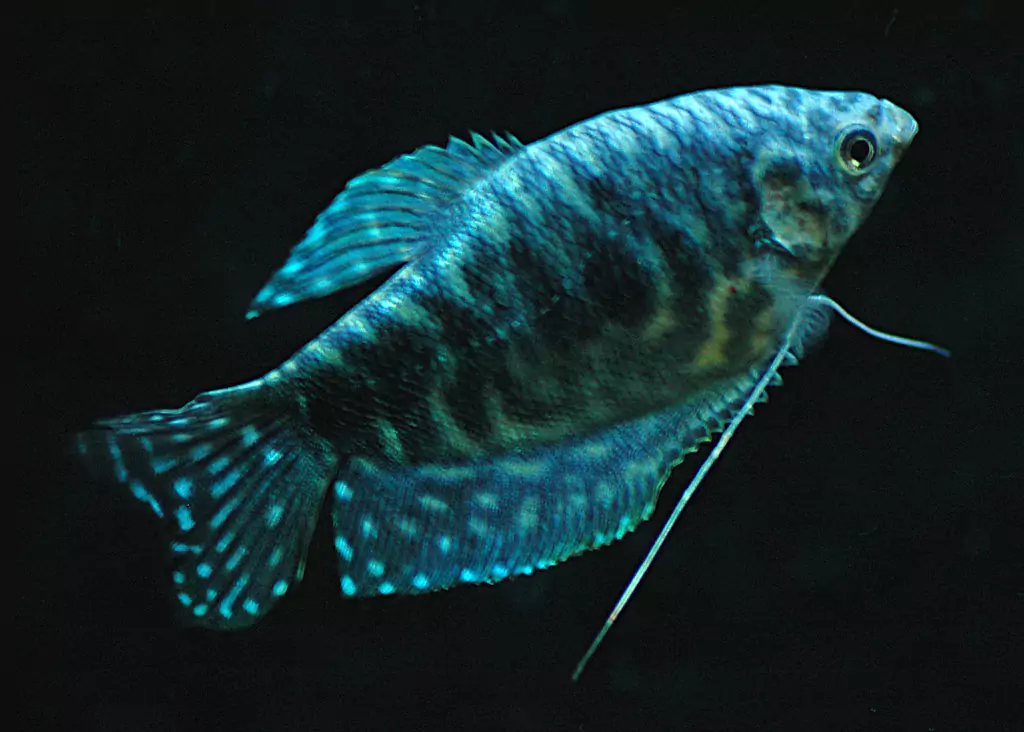
Tiger Barbs (Puntigrus tetrazona)
Description
Despite their visually appealing stripes, Tiger Barbs’ nippy behavior and fin-nipping tendencies make them unsuitable companions for Leopard Danios.
Reasons for Incompatibility
- Tiger Barbs are known to be fin nippers, causing stress and potential harm to the fins of Leopard Danios.
- Aggressive chasing behavior can disrupt the schooling patterns of Leopard Danios.
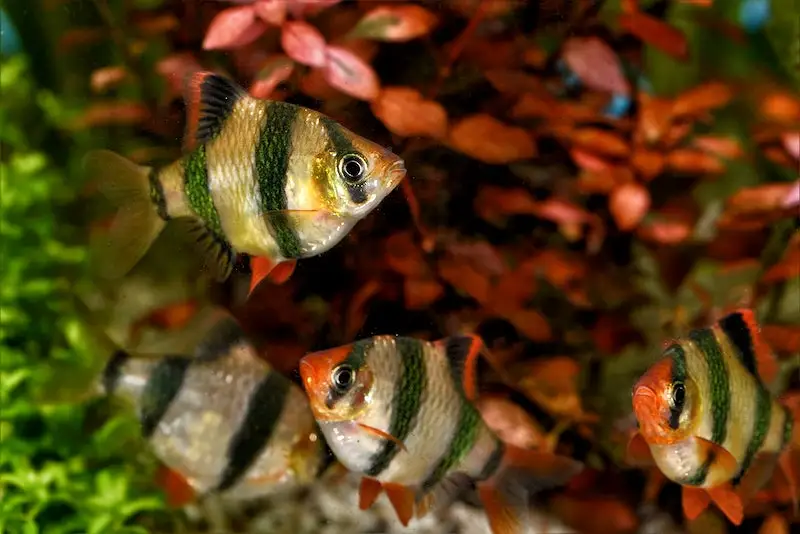
Red-Tail Sharks (Epalzeorhynchos bicolor)
Description
Red-Tail Sharks, with their distinctive red tails, can be aggressive and territorial, making them incompatible tank mates for the more peaceful Leopard Danios.
Reasons for Incompatibility
- Red-Tail Sharks are territorial and may aggressively defend their space, causing stress and potential injuries to Leopard Danios.
- Differences in activity levels and behavior can lead to conflict within the aquarium.
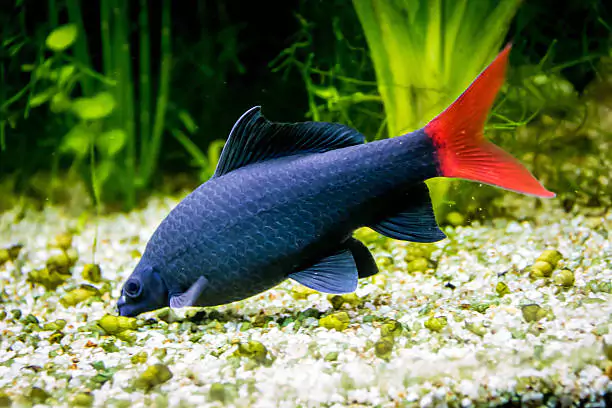
Considerations for a Harmonious Aquarium
- Tank Size Matters: Ensure the tank size is appropriate to accommodate the specific space requirements of both Leopard Danios and potential tank mates, reducing the likelihood of territorial disputes.
- Behavioral Observations: Monitor the behavior of potential tank mates before introducing them to ensure compatibility and minimize the risk of aggressive interactions.
- Consult with Experts: Seek advice from experienced aquarists or consult with aquarium professionals when considering tank mates, especially if unsure about compatibility.
By understanding the potential challenges and identifying incompatible tank mates, aquarists can proactively create a harmonious environment for their Leopard Danios and other aquatic companions.
Potential Challenges and Solutions
Common Issues When Selecting Tank Mates
Challenge
Incompatibility in size, temperament, or water parameter preferences can lead to stress, aggression, and an imbalanced aquarium ecosystem.
Solution
- Thoroughly research and understand the specific needs and behaviors of potential tank mates before introducing them.
- Consult with experienced aquarists or seek guidance from reputable sources to ensure compatibility.
Addressing Aggression or Compatibility Issues
Challenge
Aggressive behaviors, territorial disputes, or bullying can arise, jeopardizing the well-being of Leopard Danios and other tank inhabitants.
Solution
- Provide ample hiding spots and visual barriers to create territories within the aquarium, reducing direct confrontations.
- If aggression persists, consider rehoming or isolating the aggressive individual to restore harmony.
Tips for Introducing New Fish to the Aquarium
Challenge
Improper introduction of new fish can lead to stress, territorial conflicts, and potential injuries.
Solution
- Quarantine new fish before introducing them to the main tank to prevent the spread of diseases.
- Gradually acclimate new fish to the tank environment by floating their bag in the aquarium and adding small amounts of tank water over time.
- Introduce new fish during feeding times to divert attention and reduce aggression.
Considerations for a Harmonious Aquarium Environment
Research and Planning
- Thoroughly research the specific requirements and behaviors of potential tank mates to ensure a harmonious community.
- Plan the aquarium layout, considering the needs of each species and providing ample hiding spaces.
Regular Monitoring
- Monitor the aquarium regularly for signs of stress, aggression, or any unusual behavior among the inhabitants.
- Address issues promptly to prevent escalation and maintain a peaceful environment.
Quarantine Protocol
- Implement a quarantine protocol for new additions to the aquarium to prevent the introduction of diseases.
- Observe new fish for signs of illness before integrating them into the main tank.
Professional Advice
- Seek advice from experienced aquarists, local fish stores, or aquarium professionals when facing challenges or uncertainties.
- Professional insights can be valuable in resolving complex issues and ensuring the well-being of the aquarium community.
By anticipating and proactively addressing potential challenges, aquarists can foster a thriving and harmonious environment for Leopard Danios and their tank mates. Implementing these solutions contributes to the overall health and happiness of the aquatic community.
Creating a Harmonious Environment
Strategic Tank Decorations for Hiding Spots
Arrangement Tips
- Provide Natural Hiding Places: Incorporate live or artificial plants, rocks, and driftwood to create natural hiding spots for Leopard Danios and their tank mates.
- Use Vertical Spaces: Consider the vertical dimension by adding tall plants or decorations, offering shelter for fish that prefer mid to upper levels of the tank.
Benefits
- Enhances the sense of security for shy or more vulnerable species.
- Promotes natural behaviors, such as exploring and seeking refuge, contributing to a stress-free environment.
Importance of Proper Filtration and Maintenance
Filtration Guidelines
- Choose Adequate Filtration: Install a filtration system suitable for the tank size to maintain water quality, removing debris and promoting a healthy environment.
- Regular Water Changes: Implement a consistent water change schedule to prevent the accumulation of harmful substances and maintain optimal water parameters.
Benefits
- Ensures a clean and well-oxygenated environment for Leopard Danios and their tank mates.
- Reduces the risk of waterborne diseases and enhances overall aquatic health.
Need for Appropriate Tank Size
Determining Factors
- Consider the Species’ Size: Select a tank size that accommodates the specific space requirements of Leopard Danios and their chosen tank mates.
- Account for Schooling Behavior: Leopard Danios thrive in groups, so ensure the tank size allows for the natural schooling behavior of these lively fish.
Benefits
- Prevents territorial disputes by providing ample swimming space for each species.
- Allows for the establishment of territories, reducing stress and promoting harmonious coexistence.
Additional Considerations for a Thriving Aquarium Community
Substrate Selection
Choose a substrate that suits the needs of both bottom-dwelling and mid-level species, catering to the diverse preferences of Leopard Danios and their tank mates.
Lighting Choices
- Opt for appropriate lighting conditions, considering the preferences of the selected fish and plants.
- Mimic natural light cycles to support the well-being of all inhabitants.
Regular Observation
- Dedicate time for regular observation of the aquarium to identify any changes in behavior, health, or potential issues.
- Promptly address any concerns to maintain a harmonious environment.
By meticulously addressing the physical aspects of the aquarium setup, aquarists can cultivate an environment that not only meets the practical needs of Leopard Danios and their tank mates but also enhances the overall visual appeal and well-being of the aquatic community.
Conclusion
In concluding our exploration into the world of Leopard Danio tank mates, let’s recap the key elements that contribute to a thriving aquatic community.
- Companion Compatibility: Choosing tank mates wisely based on size, temperament, and water parameter preferences is fundamental to fostering a harmonious environment for Leopard Danios.
- Strategic Tank Setup: Thoughtful arrangements of tank decorations, providing hiding spots and vertical spaces, coupled with proper filtration and maintenance, lay the foundation for a healthy and stress-free aquarium.
- Appropriate Tank Size: Ensuring an adequate tank size accommodates the natural behaviors of Leopard Danios and their companions, minimizing territorial disputes and promoting a balanced ecosystem.
As you embark on your journey to create a captivating underwater world, we invite you to share your experiences and insights. Your stories and questions are valuable contributions to our vibrant community of aquatic enthusiasts. Whether you’re a seasoned aquarist or a newcomer, your engagement fuels the exchange of knowledge and enhances the collective understanding of maintaining thriving aquariums.
Feel free to share your success stories, seek advice, or spark discussions in the comments section below. Your experiences may inspire and guide fellow hobbyists on their own aquatic endeavors. For real-time interactions and updates, join us on social media platforms, where the conversation continues, and the community flourishes.
Thank you for being a part of our journey to create not just aquariums, but harmonious aquatic ecosystems that bring joy and wonder to both fish and enthusiasts alike. Until next time, may your tanks be vibrant, your fish content, and your underwater world flourish.
Additional Resources
For those eager to expand their understanding of Leopard Danios and the intricate world of aquarium keeping, here are some valuable resources to explore.
Recommended Books for Further Reading
- The Complete Idiot’s Guide to Freshwater Aquariums by Mike Wickham: An accessible guide covering fundamental principles, including tank setups, water chemistry, and selecting compatible tank mates.
- Aquarium Plants by Christel Kasselmann: Delve into the world of aquatic plants, learning how to create lush and balanced environments that enhance the well-being of your Leopard Danios.
- The 101 Best Aquarium Plants by Mary E. Sweeney: A comprehensive resource offering insights into the diverse world of aquarium plants, helping you choose the perfect flora to complement your aquatic community.
Recommended Forums for Further Discussion
- Fishlore Community: Join a vibrant community of aquarists to share experiences, seek advice, and engage in discussions related to Leopard Danios and various aspects of aquarium keeping.
- The Planted Tank Forum: Connect with enthusiasts passionate about planted aquariums. Gain valuable insights into creating lush, plant-filled environments that complement your Leopard Danio community.
- Aquarium Advice Forum: Explore a diverse range of topics related to aquariums, from beginner tips to advanced discussions. Engage with a community eager to share knowledge and support fellow hobbyists.
As you embark on your journey of aquatic exploration, these resources serve as beacons of knowledge, connecting you with a broader community and deepening your passion for the vibrant world within your aquarium. Happy reading and engaging!
Frequently Asked Questions (FAQs)
1. What are the best tank mates for Leopard Danios?
Ideal companions for Leopard Danios include peaceful species like Neon Tetras, Harlequin Rasboras, and Corydoras Catfish. Ensuring similar size and temperament is key to a harmonious aquatic community.
2. Can Leopard Danios coexist with aggressive fish?
It is not recommended to pair Leopard Danios with aggressive species such as certain cichlids or Betta fish. Aggressive behavior can lead to stress and potential harm to the more docile Danios.
3. How many Leopard Danios should be kept together?
Leopard Danios thrive in groups, and a minimum of five individuals is recommended to fulfill their schooling instincts. Larger groups contribute to a more active and engaging community.
4. What size tank is suitable for Leopard Danios and their tank mates?
A tank size of at least 20 gallons is recommended for Leopard Danios and their companions. Providing sufficient swimming space and territory helps prevent conflicts among the inhabitants.
5. How do I introduce new fish to an established tank with Leopard Danios?
Quarantine new fish before introducing them to prevent the spread of diseases. Gradually acclimate them to the tank environment and monitor their behavior during feeding times to ensure a smooth integration.

